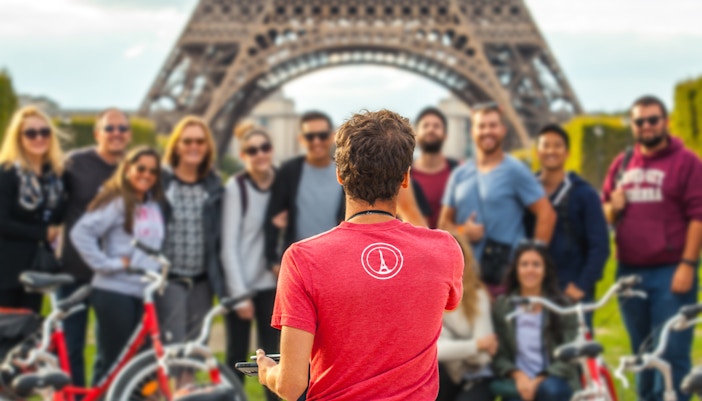Initial public reaction: From eyesore to attraction (1889-1900s)
Although the tower was a technical marvel, its artistic appeal was widely debated. Many saw it as an industrial eyesore, an insult to the city’s classical beauty, calling it "a truly tragic street lamp," "a hole-riddled suppository," and "a ridiculous chimney."
In 1887, 300 prominent artists and writers, including Charles Garnier, Guy de Maupassant, and William Bouguereau, signed the “Protest Against the Tower of Monsieur Eiffel,” published in Le Temps, saying: “We protest... against the erection of this useless and monstrous Eiffel Tower... a ridiculous smokestack crushing Notre Dame, the Louvre, the Arc de Triomphe under its barbaric bulk.”
Eiffel’s defiance & the public’s shift
Eiffel dismissed the backlash, comparing his tower to the Egyptian pyramids:
“Why would something admirable in Egypt become hideous in Paris?”
Despite the uproar, the tower drew 2 million visitors during the World’s Fair. Some critics relented; others, like Maupassant, reportedly dined in the tower’s restaurant daily—because it was the only place in Paris where he didn’t have to see it.
By 1918, the Eiffel Tower had become a national symbol. Poet Guillaume Apollinaire even shaped a war poem into its silhouette.
Once branded a “monstrosity”, the tower ultimately outlived its critics, transforming into the defining emblem of Paris.
It's architecture is something that's being studied still today. Read all about it



